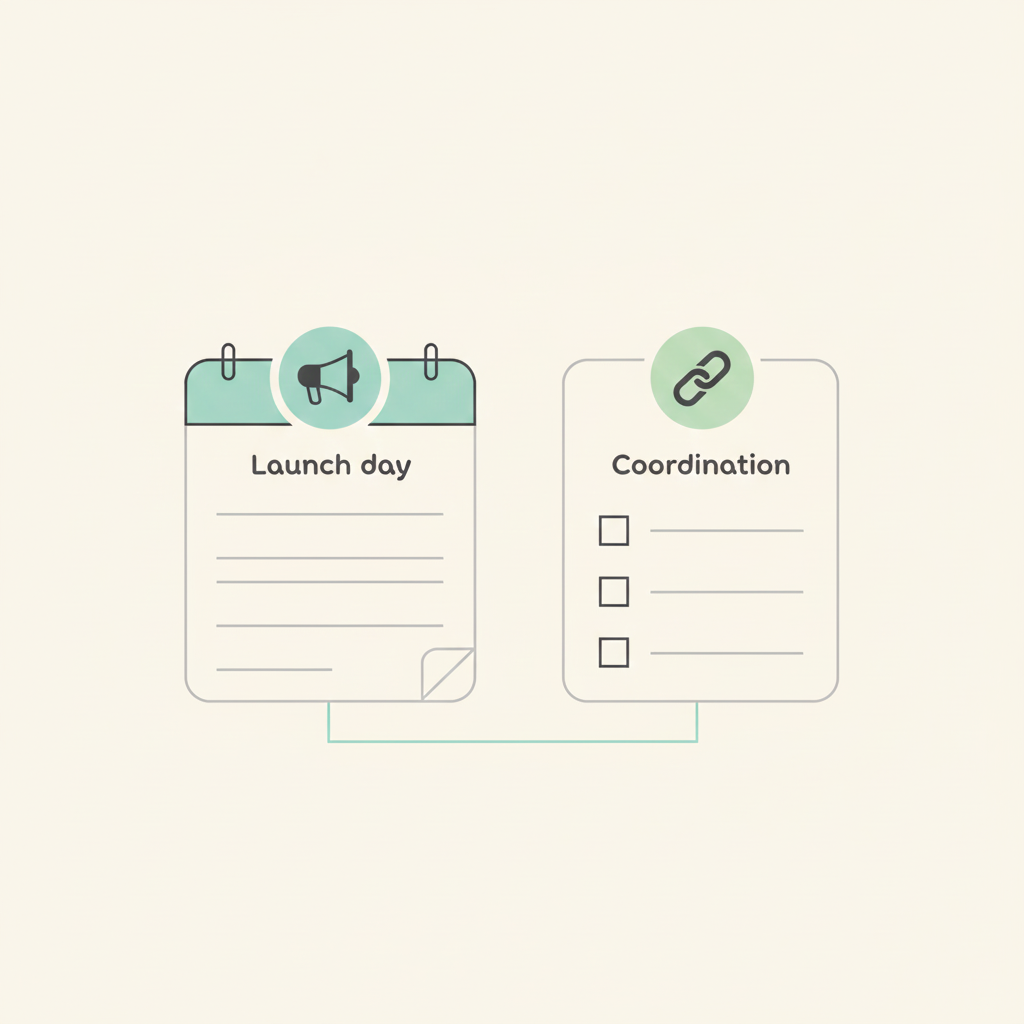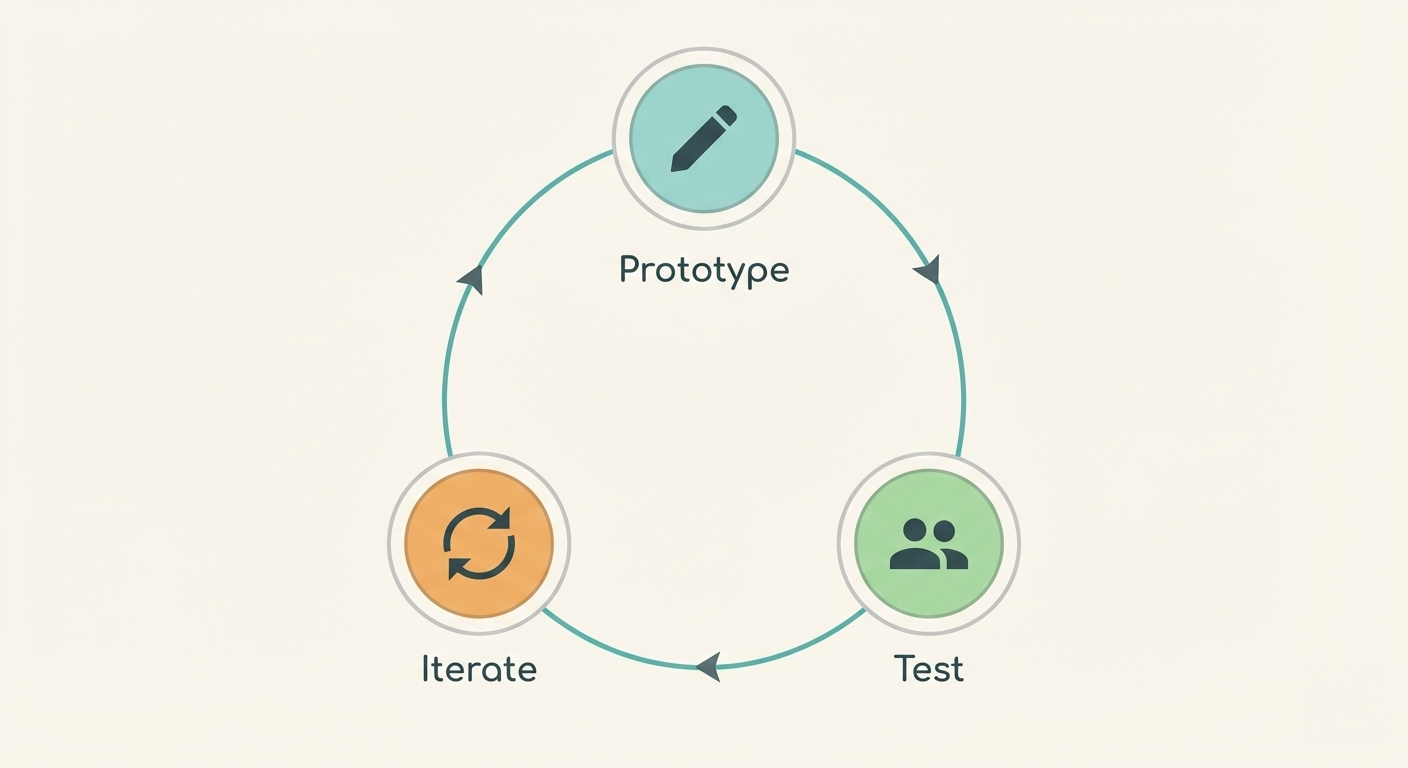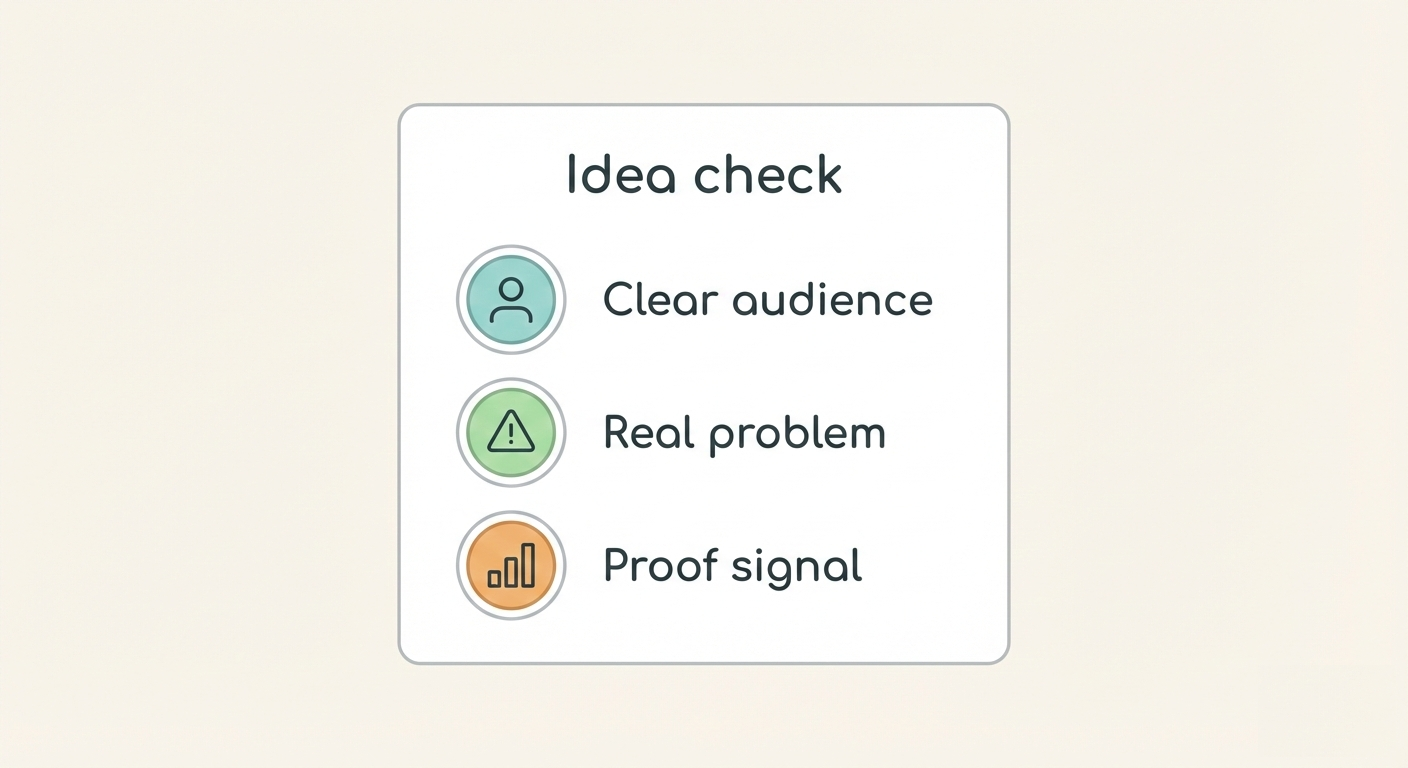How to Have a Productive Brainstorming Session

Brainstorming is an interesting concept. It’s something we’ve been encouraged to do since we were children and something that businesses still use to generate new ideas and solutions. When done well, it can result in tremendous progress, change or success. When done poorly, it can result in wasted time and resentments.
How can companies go about ensuring that brainstorming sessions will be productive? First, by defining productivity. In order for a session to be considered productive it needs to get the ideas out, capture them and follow up with tangible next steps. With these elements in mind, here are our top tips for productive brainstorming.
Get the Ideas Out
The objective of a brainstorming session is to generate as many ideas as possible. This is one situation where quantity is preferred over quality. Of course, the ideas shouldn’t be off subject, but in general, no idea will be considered too silly, too difficult or too costly for the purposes of brainstorming.
However, there’s a natural instinct in many workers to avoid speaking up or to avoid disrupting the status quo. There are many reasons for this hesitation: fear of ridicule, fear of retribution, fear of rejection, etc. Even if it isn’t fear-based, there may be a firm-wide reluctance if the company has a culture that typically isn’t open to big changes or new ideas. Of course, this unwillingness doesn’t apply to all employees. In any organization, there are bound to be some employees who like to dominate conversations while others prefer to hang back.
One of the biggest challenges in brainstorming is setting the stage and continuing to hold the space in a way that encourages all employees, no matter of their level or personality, to speak up. Here are six initial ways to encourage a solid flow of ideas.
1. Clearly Define the Issue or Topic for Brainstorming
In order to have a productive session, you need to make sure all employees are on the same page. Everyone should know the issue or topic that will be the central focus of the session. Each participant should be given any necessary information to help the understand the situation and the reasons for gathering. This can include facts, figures, case studies, solutions that have already been tested, etc.
2. Ask Employees to Come Prepared
In addition to sharing the topic ahead of time, it’s a good idea to give employees some work to do ahead of time. Asking them to complete a brief worksheet where they answer questions or even asking the to do some brainstorming on their own before the session can help reduce down time during the session. Also, some workers perform better when they’re able to think about an idea ahead of time before they have to discuss it. This exercise allows those workers to feel more prepared, which can help them contribute more on the day of the session.
3. Host the Session Offsite
Instead of using the same conference room you use for every team meeting, changing up the setting can help employees feel more relaxed and open to sharing ideas. A new environment can also spark new ways of thinking and encourage employees to interact with their colleagues in different ways. Setting up the room in groups of three to five can help facilitate small group discussions which are likely to be integral to your day.
4. Set Ground Rules for the Session
To create an atmosphere that is conducive to the sharing of ideas, it helps if you set some ground rules. Ground rules are things like:
- No criticism
- No aggression
- No interrupting
- State what you mean but don’t state it meanly
- Questions are encouraged
- All ideas are welcomed
It can be helpful to have attendees suggest ground rules since these are the parameters they need in place in order to feel safe enough to speak up and share their ideas.
4. Use a Moderator
The great thing about brainstorming sessions is that they can bring up new and interesting ideas that could be discussed for hours. However, in order for a brainstorming session to be productive, there needs to be some sort of framework and timeline. Having a moderator or outside facilitator run the session can keep the day on track. These leaders are also important for holding the container for the day, making sure that everyone feels comfortable enough to participate and that the ground rules are followed. They will also ensure that ideas are recorded and give recommendations for next steps.
5. Share Examples of Different Brainstorming Requests
With any requests throughout the day, be sure to share examples of what you are looking for. This may be the first brainstorming session many employees have attended. In corporate environments where typically rules are followed closely, they may not be sure what is “allowed.” Rather than having to repeat exercises or stop to re-explain directions, providing a few examples of how the different brainstorming exercises should go can help the exercises be more productive.
Capture the Ideas
Once employees have been primed and the atmosphere is set, then the fun begins. The bulk of the day will be spent engaging in various forms of brainstorming. Here are seven strategies to consider to jump start your brainstorming. A facilitator or moderator can help you choose the best strategies for your organization or issue at hand.
- Categories: Segment brainstorming sessions based on category or sub-topic. The topics and sub-topics should be set ahead of time. It’s also helpful to brainstorm for questions and answers separately. Brainstorming for questions can help get to the root of the issue. Brainstorming for answers can help you come with creative solutions to these issues.
- Decision Tree: This type of brainstorming is popular with top consulting firms. A decision tree is a way of listing all possible outcomes. It usually starts with one topic and then branches out to illustrate various choices. Once the decision tree is set, probabilities can be assigned to each possibility to help create a clearer picture of possible outcomes. Decision trees are helpful because the choices identified usually map closely to existing business practices.
- Mind Map: Mind maps are a way to get all ideas out without having to worry about order. You start by writing a central subject in the middle of the paper. You write any ideas related to that central subject around it, connecting each with a line to the main subject. Then you write any sub-ideas related to the ideas and connect them with a line from sub-idea to idea. You end up with a large web of related ideas. This map helps you visualize how different ideas and sub-ideas are related.
- Word Storm: Similar to mind minds, word storms are groups of associated words. Rather than being organized by nodes and lines, it is just a list of related words. This activity can be done individually or in groups. Individually, each participant is given a word to start with and then they just write down all words that come to them when they read that word. In groups, the first person is given a word. He or she writes or says a word that comes to mind in association with the first word. The next person then uses the first person’s word. It’s important to write down all associated words in this version so the suggestions can be reviewed at the end of the exercise.
- “Yes and…”: This is a popular concept that improv artists use to keep scenes going. After each statement you say, “yes, and…”. This encourages participants to keep adding information to a topic and to keep asking questions that get to the underlying issue. It’s also a way to avoid blockers who might want to shut down an idea by saying, “but…” or “we can’t do that because…” It’s helpful to put a time limit on these sessions so there is a clear end point.
- Step Ladder: If a group is being dominated by a couple of speakers, this method could help encourage additional participants. To start, the facilitator tells everyone the subject and then asks everyone but two people to leave the room. The first two people share their ideas around the topic. Then the facilitator invites another participant (or two, depending on the size of the group) to come in and share his or her idea before the original two share theirs. This continues until everyone is invited back in the room to share.
- Brainswarming: Brainswarming could also be called silent brainstorming. This method aims to avoid the obstacles that come from people not wanting to speak up. Instead, participants write down their ideas. They can write them on their own piece of paper and then the facilitator can collect and merge the lists. Or they could write ideas on sticky notes and place them on a whiteboard until groups of ideas and solutions start to form.
- Stream of Consciousness: Similar to number six, stream of consciousness is a way of silently brainstorming. If the activity is done individually, participants are given a time limit and then asked to write on a particular topic, stream of consciousness style until the timer goes off. Even if they don’t have any ideas, they have to keep rewriting the last word on their paper until a new idea comes. The goal is to write non-stop until the end of the time period. In a group setting, each person is given a short amount of time to write an idea and then they pass the paper to the next person. The paper goes around the table or room until everyone has a chance to add their ideas.
For all of these strategies, be sure to segment the day to include time for individual, small group and session-wide brainstorming and sharing. Encourage participants to move around and try to make the day as enjoyable as possible in order to keep the creative energy flowing.
It’s helpful to have a moderator, because he or she can intervene skillfully when a few of the biggest obstacles to productive sessions appear: group-think, problem solving, blockers and divers. Group think is bound to happen from time to time. Due to the hierarchical nature of many organizations, it’s only natural that junior employees may yield to more senior employees. It’s also natural to try and name solutions along with every problem that is discussed. “Blockers and divers” refers to participants who either try to block every creative idea that is mentioned or people who inadvertently derail conversations by diving too deep into a particular area. Facilitators and moderators are experienced at navigating brainstorming sessions beyond these obstacles.
Follow Up with Tangible Next Steps
Any successful brainstorming session is not complete until participants know what the next steps are. Afterall, what use is brainstorming if nothing is done with the ideas and information gathered?
At the end of any session, save time for a final discussion. In this section of the day, you should aim to wrap up everything that was discussed. You can review what was done and highlight any initial ideas that were agreed upon. Then you should outline what the next steps are with clear dates or timeframes attached to different steps.
Following the session, you should follow up quickly with a summary, key takeaways, review of next steps and outline of timeline. While implementation is not part of brainstorming, it is important at the organization level to put some part of the brainstorming session into action. If no action is taken, then the participants should be notified why. If there is a brainstorming session with no follow-through or implementation, then participants may be even more reluctant to participate in future sessions due to the impression that their contributions don’t matter.
The Best Way for Your Organization to Brainstorm
Every organization, department, employee and problem is different. Brainstorming will likely look different at each company due to these factors. However, following the basic principles of establishing an atmosphere conducive to sharing employees, using different brainstorming strategies to capture the ideas and concluding with adequate follow-through will be critical to your success.








